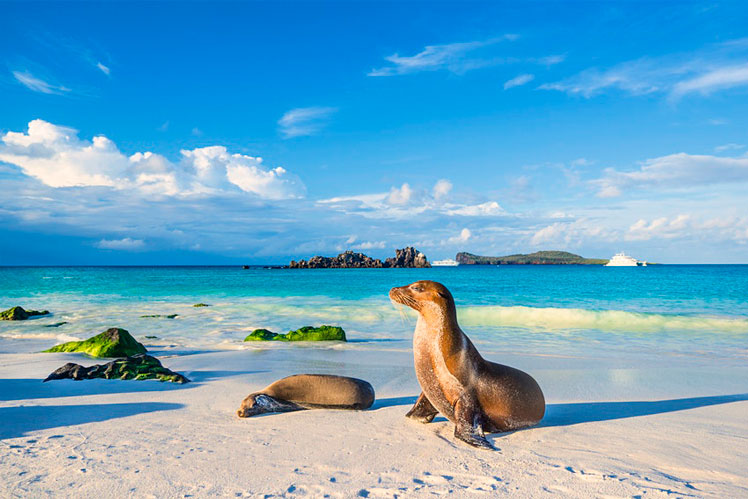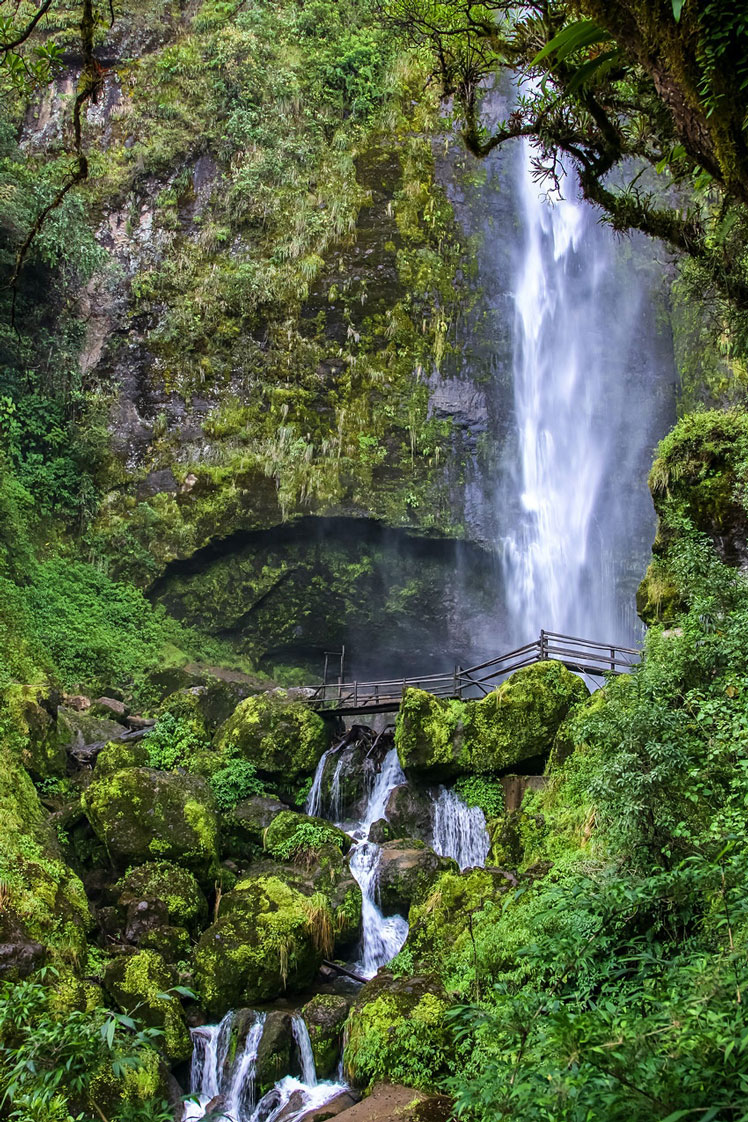
Vaccinated travelers can enter Ecuador and the Galápagos Islands
TripFalcon March 30, 2021
Last Update: 2024-01-22 10:45:55Visitors to Ecuador and the Galápagos Islands will be able to enter without a negative PCR test, if they carry a vaccination certificate that proves they have received the complete COVID-19 vaccine doses.
Travelers aged two and over who don't have the vaccine must show proof of a negative PCR test to enter Ecuador, with a validity of up to three days before their arrival. In the absence of a negative PCR test, a negative antigen test with the same timeframe validity is permitted. If it is positive, the traveler must undergo isolation for ten days at home or any other type of chosen accommodation. If visitors wish to visit the famous Galápagos Islands from Ecuador, they will need to produce a negative PCR test taken within 96 hours of travel.
Travelers who have been diagnosed with COVID-19 more than a month earlier and continue to have a positive result in their PCR tests will be granted entry to Ecuador, providing they present a medical certificate issued in the country of origin guaranteeing they are in good health. All incoming travelers must go through a sensor that detects temperatures above 37.5 degreese Celsius, and must comply with the country's social distancing regulations and wear face masks throughout their stay.

Vaccinated travelers don't have to be tested prior to entering Ecuador © Uwe Bergwitz/Shutterstock
Once they gain admission, there is much to be enjoyed in Ecuador, including the historic centers of Quito and Cuenca with their plazas, 17th-century churches and monasteries. Wildlife-lovers will have much to see in the Galápagos Islands, with their volcanic, otherworldly landscapes. There are a host of unusual species to be found there, such as iguanas and blue-footed boobies, and many species that are found nowhere else in the world. The Amazon rainforest offers a vastly different wildlife-watching experience where travelers can set out on the rivers and forested trails in search of monkeys, sloths, toucans and river dolphins.

